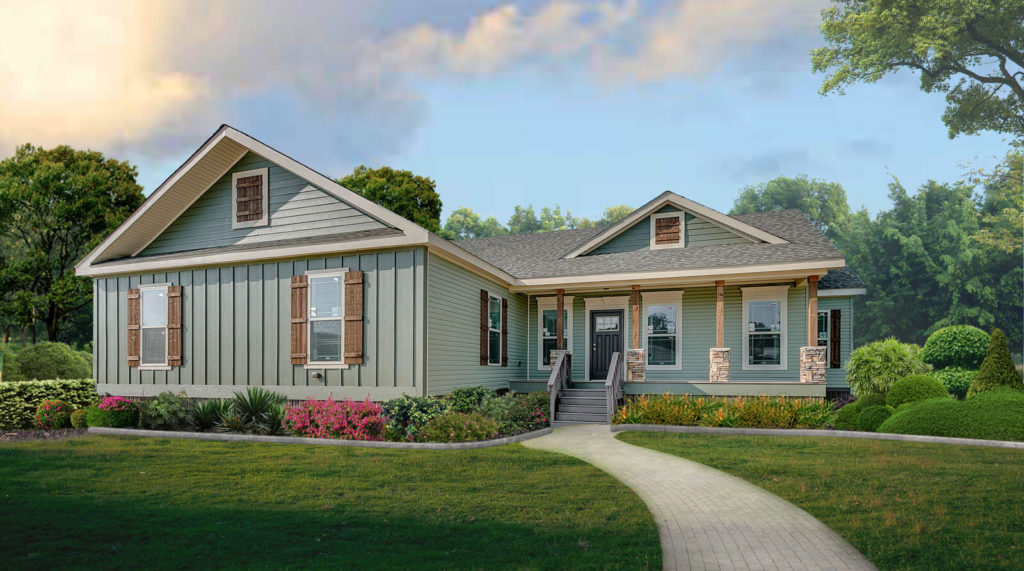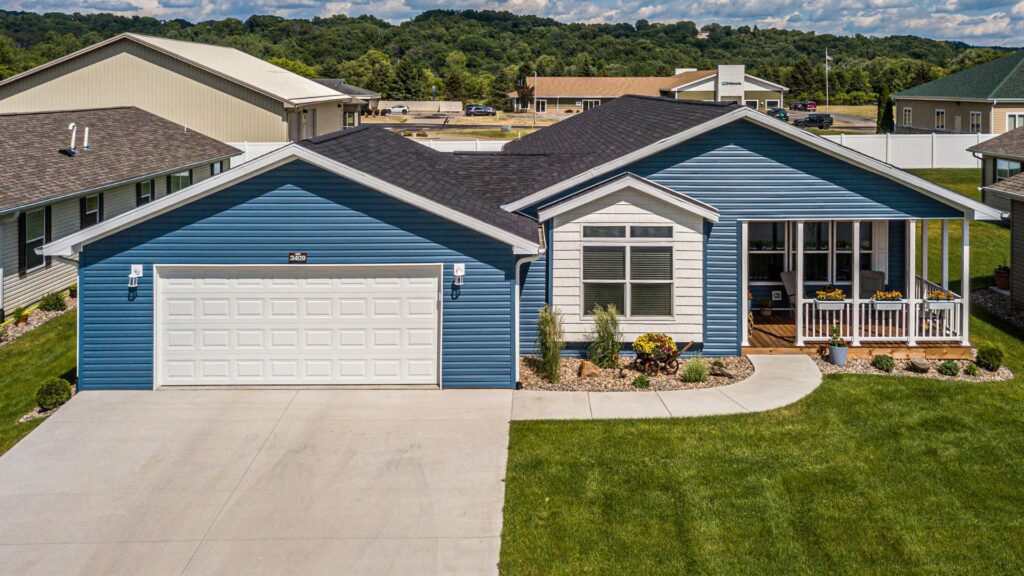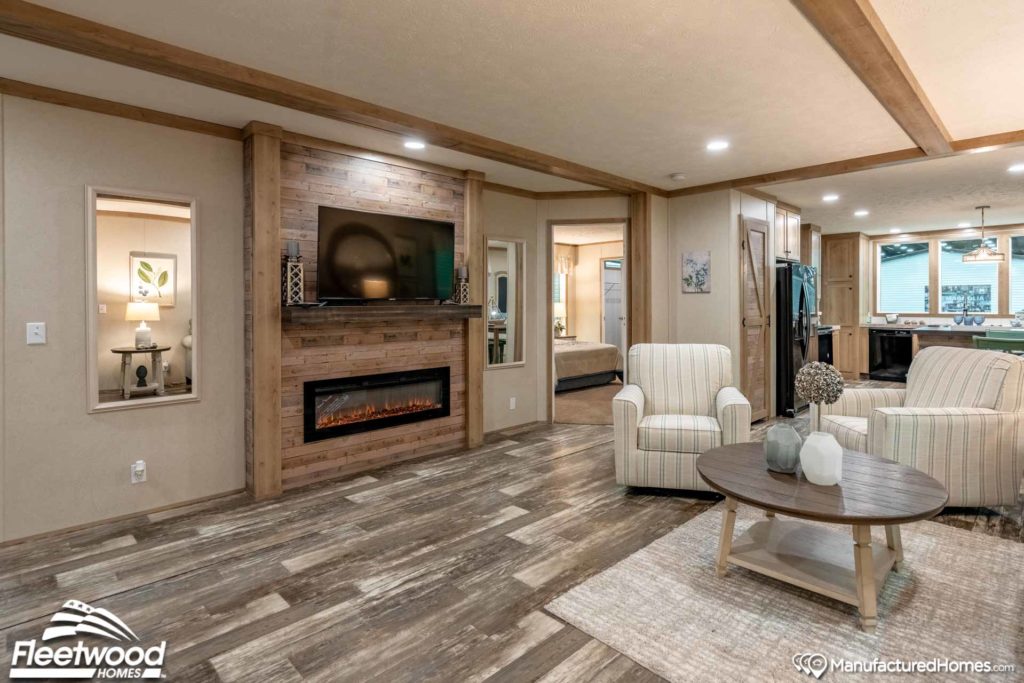Are you dreaming of owning a home but feeling overwhelmed by the prospect of navigating the housing market for the first time? Have you considered the benefits of a modular home but aren’t quite sure where to start?
Modular homes are becoming an increasingly popular choice for first-time homebuyers, and for good reason. These homes offer a unique combination of affordability, customization, and energy efficiency that traditional houses often can’t match. Built in sections in a factory setting and then assembled on-site, modular homes are not only quicker to construct but also offer a modern solution to homeownership challenges.
If you’re ready to take the plunge into the world of modular homes, it’s essential to equip yourself with the right knowledge to make a smart investment. From understanding the financial aspects to knowing the steps involved in the building process, there are several key factors to consider.
Understanding the Financial Aspects
One of the primary advantages of modular homes is their cost-effectiveness. However, it’s vital to be aware of the financial nuances involved:
- Initial Costs: While modular homes are generally less expensive to construct than traditional homes, you need to factor in the costs of purchasing land, site preparation, and utility connections.
- Financing Options: Modular homes are treated similarly to conventional homes when it comes to financing. You can opt for construction loans, which convert to traditional mortgages upon completion. It’s wise to work with lenders experienced in modular home financing to ensure you understand all your options.
- Insurance and Taxes: You’ll need homeowners insurance, just like with any house purchase. Be sure to get a policy that covers both the home and the land. Property taxes for modular homes can also vary, so it pays to research your area’s rates.
Navigating the Building Process
Once you have a firm grasp of the financial aspects, it’s time to delve into the building process of a modular home. Understanding this process will ensure a smooth transition from concept to reality.
- Choosing the Right Manufacturer: Picking a reputable modular home manufacturer is crucial. Research their track record, seek out reviews, and ask for references. A reliable manufacturer will offer a range of designs and customization options and provide guidance throughout the construction process.
- Design and Customization: Modular homes offer a high degree of customization. From floor plans to finishes, you have the freedom to tailor your home to fit your lifestyle and preferences. Collaborate closely with your manufacturer to select features that align with both your aesthetic vision and budget.
- Site Preparation: Before the modules are delivered, the site must be prepared. This includes foundation work, permits, and ensuring utility lines are accessible. Coordinate with local contractors and your manufacturer to keep this phase on schedule. This step is critical—any delays can impact the home’s timely assembly.
Installation & Moving-In
Once your site is ready, the next stages involve the delivery and installation of your modular home.
- Delivery and Setup: The modular units are transported to your site and assembled by a skilled crew. This phase is exciting as you’ll begin to see your home take shape. Make sure to stay in close communication with the team to address any immediate concerns.
- Connection of Utilities: After the home is assembled, the focus shifts to connecting utilities. This includes hooking up water, electricity, and gas. Ensure that all connections meet local building codes and standards. Having a checklist of necessary utilities will help you organize and track this process, ensuring nothing is overlooked.
- Final Inspections and Certifications: Before you can move in, your home must pass several inspections to certify that it complies with building codes and safety regulations. These inspections might include structural assessments, electrical wiring checks, and plumbing evaluations. Coordinate with your builder and local authorities to schedule these inspections promptly.
Post-Move Considerations
After settling into your modular home, there are a few important aspects to keep in mind to ensure your new living space remains comfortable and functional.
- Regular Maintenance: Like any other home, modular homes require regular maintenance to keep them in pristine condition. This includes routine checks of the roof, HVAC system, plumbing, and electrical systems. Establish a maintenance schedule to address small issues before they become significant problems. Regular maintenance ensures your home stays efficient and prevents costly repairs down the line.
- Warranty and After-Sales Support: Most modular homes come with a warranty covering various structural elements and systems. Familiarize yourself with the terms and conditions of your warranty and keep all necessary documentation handy. If you notice any defects or issues post-move, contact your manufacturer or contractor to remedy them under warranty.
Get Started Today
If you’re interested in learning more about modular homes, contact Family Dream Homes. We’re here to help with any questions you may have!



